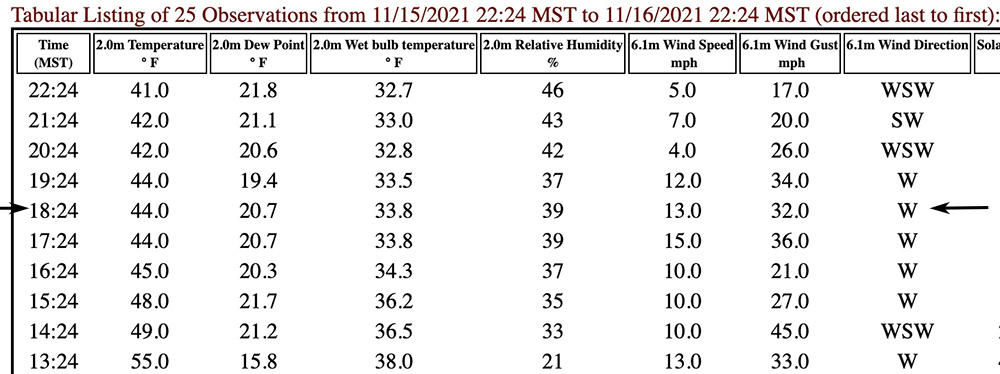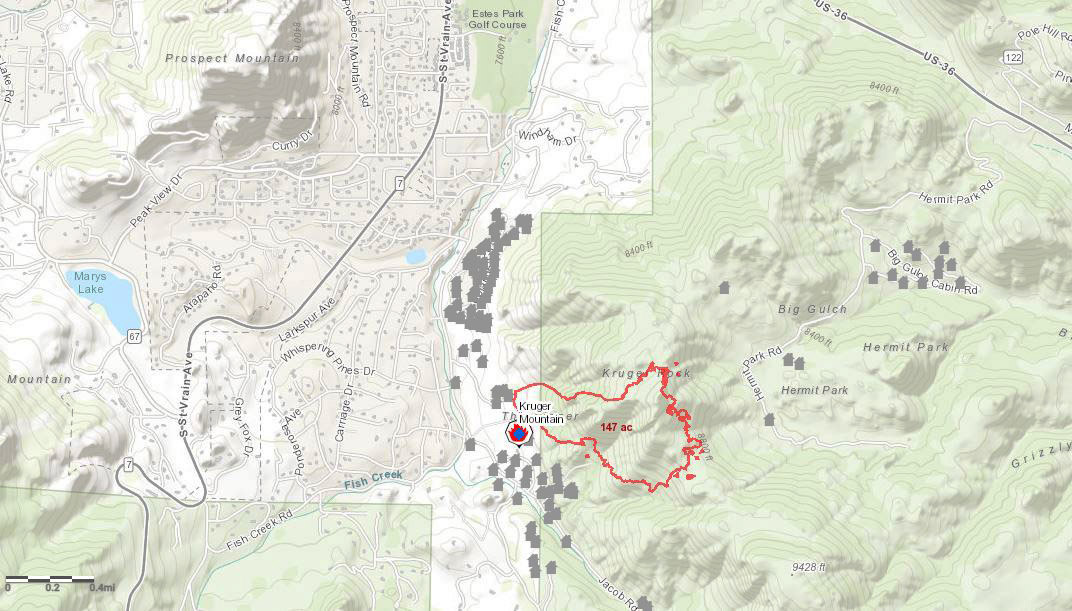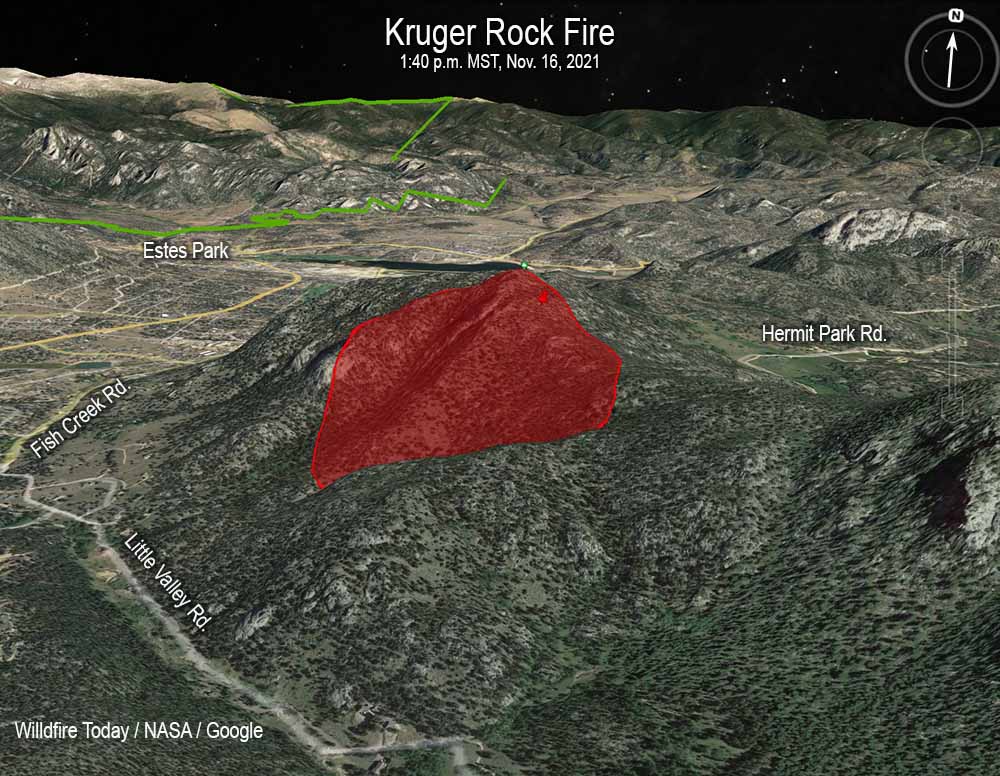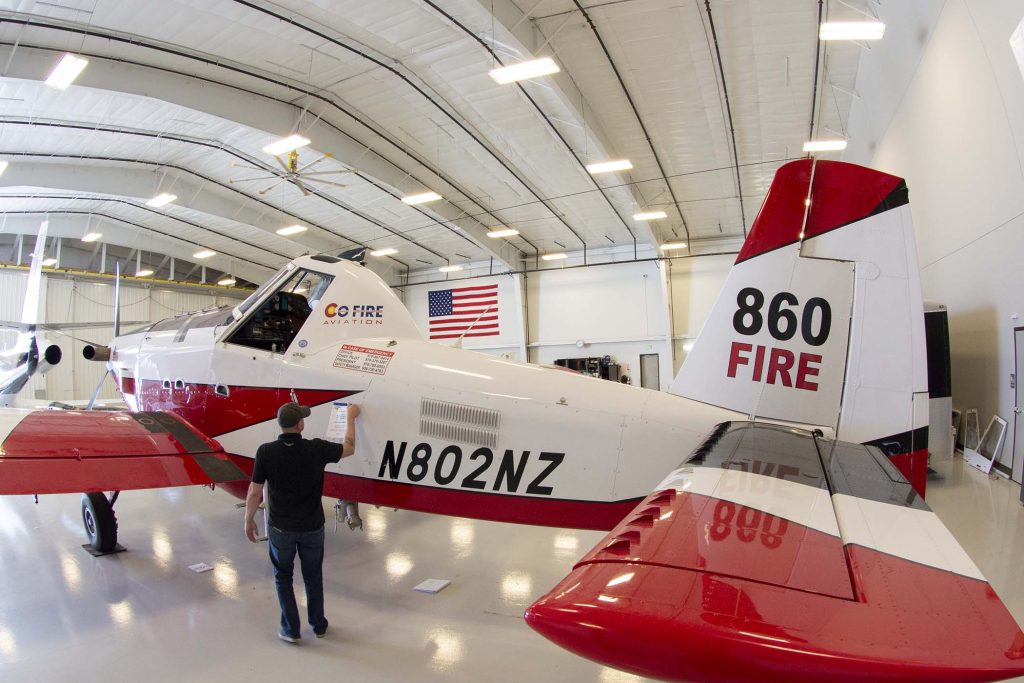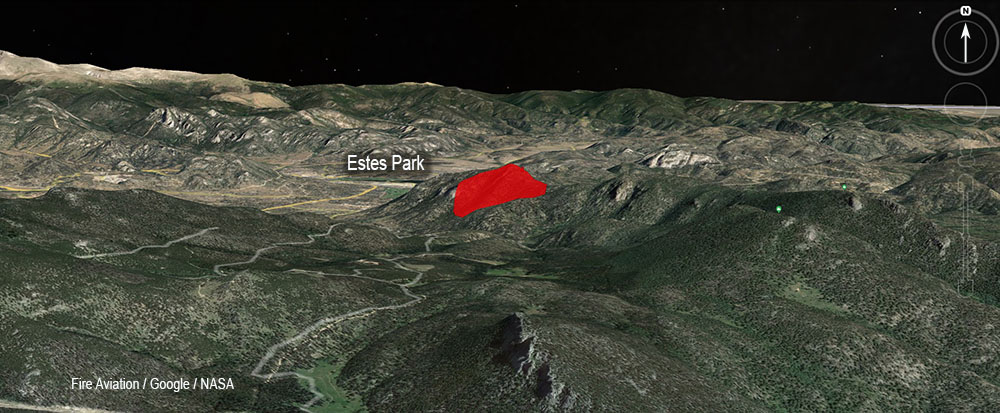
(Note from Bill: Bean Barrett, a frequent contributor to Fire Aviation, spent a career in U.S. Naval Aviation as a fighter pilot and served on the Navy Staff as a program sponsor responsible for planning, programming, and budgeting. He was also a Naval Aviation Safety Officer trained in mishap investigation. Here are some of his thoughts about the fatal crash of the AT-802 single engine air tanker on the Kruger Fire July 25, 2021.)
A blinding flash of the obvious to an old Naval aviator.
Having been in the business of personally flying and ordering flights in marginal conditions over my flying career, I offer the following observation derived from thinking about the mishap involving the SEAT at the Kruger Fire: This mission represented a near first for fire aviation in a very difficult environment. There is little community experience to bolster command and operational decisions by IC’s and pilots operating in this environment.
From personal experience, flying in extraordinarily bad conditions at night at sea is only possible to undertake and successfully accomplish because there are thousands of hours and sorties worth of community experience that helps those responsible know when and where to draw the line.
In this case, regardless of the NTSB/FAA mishap findings, without a significant background of fire aviation community experience to draw on for a particular situation or environment, it is always best to operate conservatively and approach any new environment in steps, never do the hardest one first if at all possible.
I would hope that the mishap SEAT flight was the culmination of a “work up” from simple to complex tasking and flying over hundreds of hours of use of night vision goggles and night drops with the aircraft.
This underscores the requirement for the fire aviation community to develop/ expand standard training and operations procedures both for general ops and by specific aircraft type and mission. If everyone trains and operates to the same standards, community experience is more relevant, experience can be accumulated and shared, procedures modified and improved, and training requirements adjusted resulting in improved flight safety and operations.
—
How many folks in the IMT/ IC business are aware of the AT-802 flight safety record when they order a SEAT?
https://aviation-safety.net/wikibase/type/AT8T/1
Over four mishaps a year since May, 1997. This should have set off alarm bells a very long time ago except there isn’t any agency “keeping score” for type aircraft mishap rate and mishap cause that then ties the information and “lessons learned” back to mandated changes in training, maintenance, and ops procedures. It is very apparent from looking over the reference that the mishap rate is unacceptable and it isn’t getting any better.
Absent mandated standardized training, maintenance, and operations procedures for the AT-802 (and all other fire aviation aircraft), unacceptable mishap rates will continue. Since the US government is the largest contracting organization, it would seem logical to mandate a comprehensive Federal standardization program for AT-802 SEAT’s and other fire aviation aircraft that will operate under government contract.
To expect a loose confederacy of contract aviation companies to cooperatively develop a program is wishful thinking.
Some may say that such a Federal program already exists but my reply would be “where is the dash 1 or NATOPS flight manual for each type of aircraft, how is it revised, and what single agency is responsible for the manuals, standardized training, standardized operations, and standardized maintenance?” It is obvious that today’s chop suey of regulatory agencies, regulations, requirements, and instructions is not working for fire aviation.
There will be complaints about the additional cost to institute a consolidated comprehensive standardization program that will save fire aviation lives, aircraft, and improve effectiveness but my answer would be … the option of continuing with business as usual is obviously unacceptable.
Until fire aviation has a comprehensive aviation program as good as the US military aviation programs, we can expect little change in the fire fviation mishap rates or in operational effectiveness.

